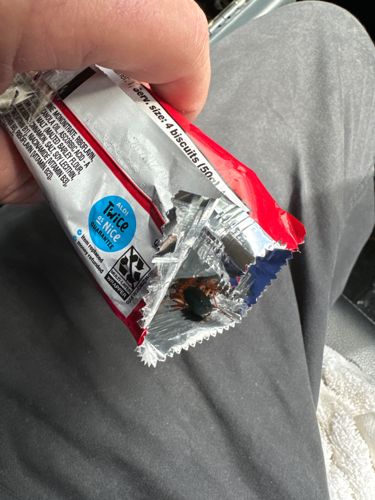German Cockroach
Scientific Name: Blattella germanica
Order & Family: Order: Blattodea, Family: Ectobiidae
Size: Adults typically range from 1.1 to 1.6 cm (0.43 to 0.63 in) in length.

Natural Habitat
The German cockroach is a peridomestic species, meaning it lives in close association with humans. It prefers warm, humid environments, commonly found in kitchens, bathrooms, restaurants, food processing plants, and other areas with access to food and water. They hide in cracks, crevices, behind appliances, and inside walls.
Diet & Feeding
Opportunistic omnivores, eating almost anything organic, including food scraps, starches, sugars, grease, meat products, pet food, and even non-food items like glue, soap, and decaying matter. Their diet can also include human food found in pantries or discarded.
Behavior Patterns
Cockroaches are primarily nocturnal and gregarious. They are fast runners and can squeeze into small cracks and crevices. They are known for their rapid reproduction. Males often court females with elaborate displays, and females lay eggs in oothecae (egg cases). Nymphs hatch from these cases and develop through several instars before reaching adulthood.
Risks & Benefits
Risks: German cockroaches are considered significant household pests. They can carry and spread various bacteria, pathogens, and allergens, contributing to food contamination, food poisoning (e.g., Salmonella, E. coli), and exacerbating asthma and allergies in sensitive individuals. They can also cause psychological distress due to their presence. Benefits: In natural ecosystems outside of human structures, some cockroaches play a role as decomposers, recycling organic matter.
Identified on: 8/11/2025